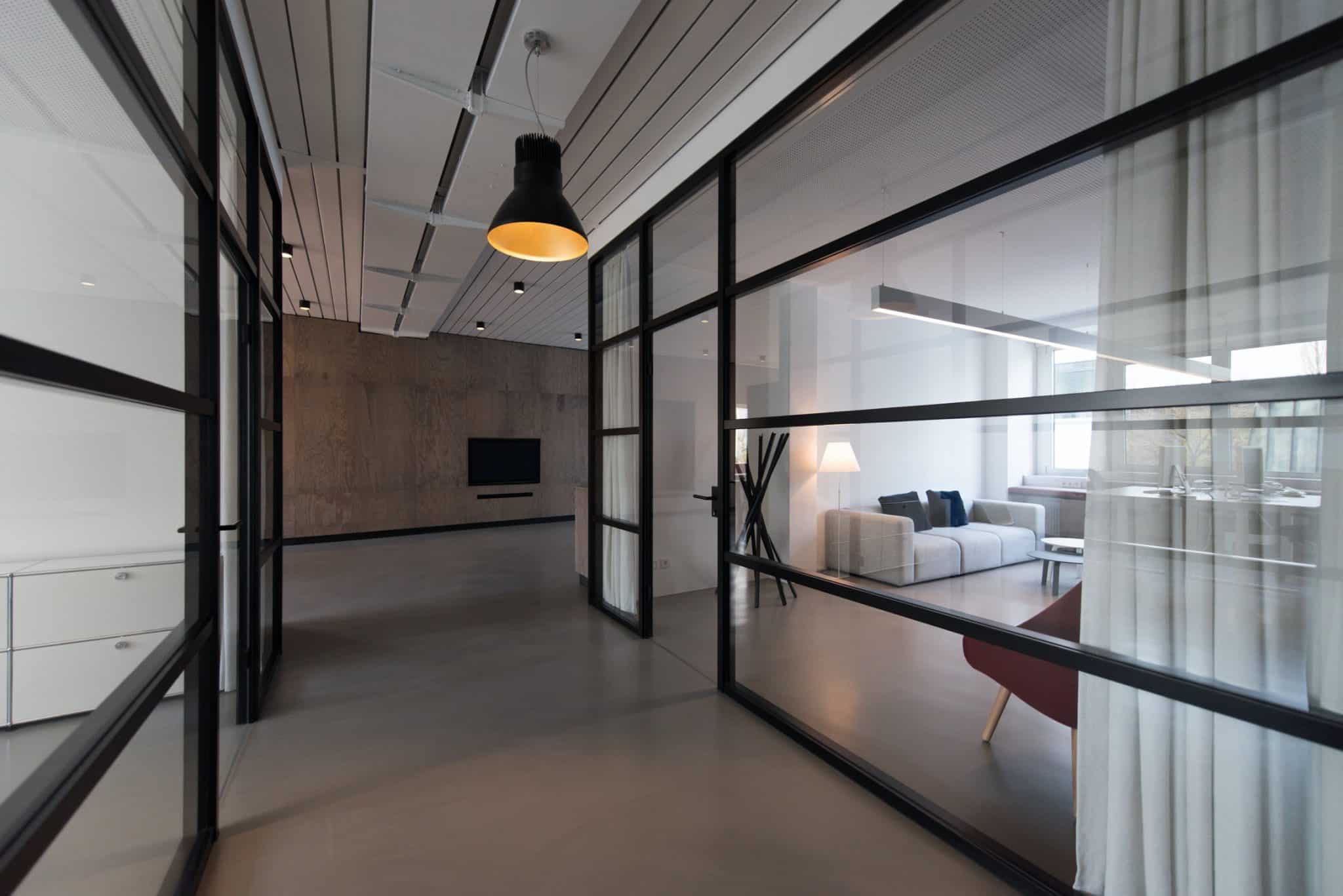Virus puts pressure on supply
As an unexpected symptom of the COVID-19, the Federal Statistical Office recorded a 9.5% drop in the supply of vacant dwellings in all Swiss cantons. There are many reasons for this. On the one hand, the various restrictions linked to the confinement forced the construction companies to slow down the sustained rhythm which was theirs and which maintained the vacancy rate at a high level. On the other hand, the difficulty of supplying materials forced construction companies to reduce their workload even with an often full order book. The sanitary constraints imposing on employers to reduce their team on the building sites have, for their part, obliged the actors of the building industry to spread out certain projects in time. Even if it is unprecedented, this situation does not alarm the professionals who believe in their majority that we are facing a cyclical phenomenon and that this trend should not last. In German-speaking Switzerland, but also in the canton of Fribourg, Vaud and Geneva, building sites have already started up again with many projects underway.



